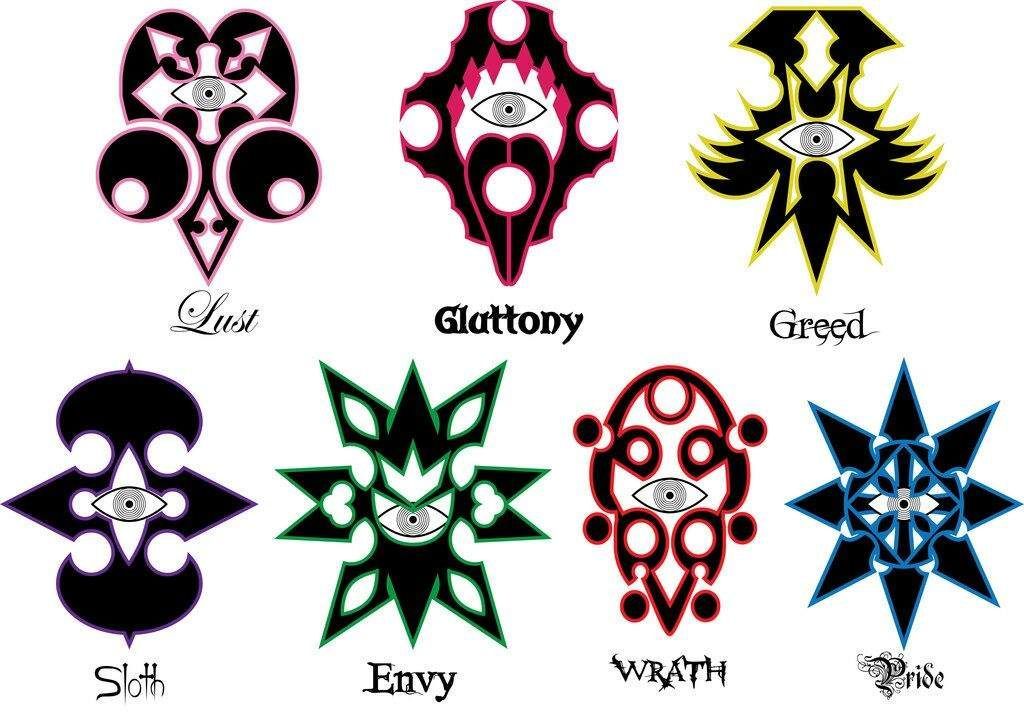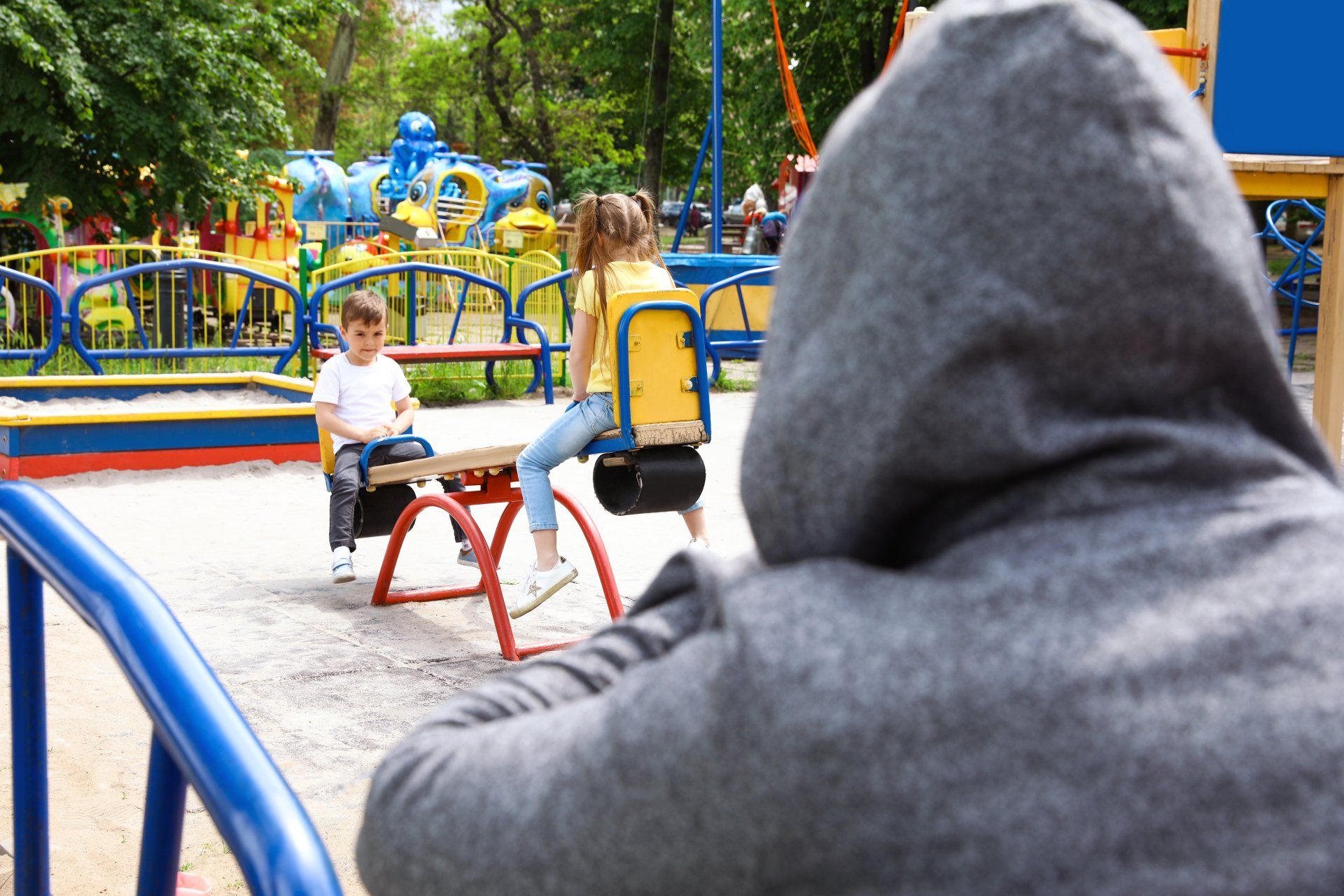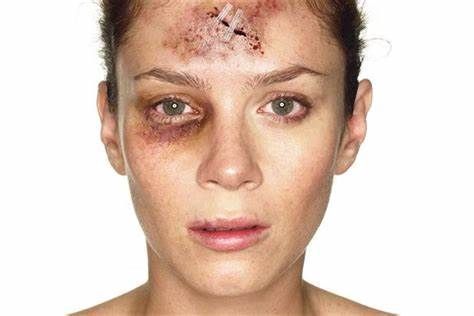


So much of our self defense education and training focuses on what happens during a physical altercation. Rarely though do coaches who are showing their clients how to win a fight or survive sexual violence even mention what to do when the violence has ended. Which in my opinion is negligent. You shouldn’t be teaching self protection with out talking about what to do and the potential issues that can arise after the event whether physical, psychological or emotional event is over. No matter what type of violence you are facing there is always an aftermath and I need you to understand what to do and what it looks like after the “fight” is over.
In our programs and this article, I will be splitting the aftermath up into three separate areas and identifying and expanding on each one of their specific goals and challenges. First is the immediate aftermath of the encounter we call that “the exit”. Then short-term goals which happen after we are safe, and lastly long term affects and potential consequences of defending ourselves. I really hope this break down helps you and your clients better understand how important this kind of education is.
The Exit
Don’t Punish: This is one of the biggest mistakes that we see in self defense. The threat has ended and then the “winner” continues to attack even when the threat has ended for example throwing one more kick to a downed opponent to punish them for attacking in the first place. I get it, these situations can get heated. But punishing the attacker, no matter how much they may deserve it when they are no longer a threat changes this from a self defense situation, to something else. A good rule to follow is, the person with the highest level of force at the END of the encounter usually has to do the explaining. Whether you were right or wrong understand that these situations are dynamic and while you are defending yourself the threat level can change in both directions. When the encounter is done the one who standing usually has to do the explaining.
Assess the situation: Look around and make sure that the event is really over, 40% of reported violent crimes involve multiple people. So, we need to make sure that we are out of the tunnel vision that can happen during a high impact event and take a look around to make sure that the encounter is actually over. Whether it is social violence and their friends jump in to help their losing buddy or it is predatory violence and a partner appears that you were not aware of, you need to know that the event has ended. Which in all self protection is decided by the attacker(s).
Get safe: Now that we know the event is over, we need to make sure that we get safe. If you are safe where you for example the event
happened in your home you can stay, but you may be in a dangerous area. The environment of non-sanctioned violence is never guaranteed in fact one of my fights as a bouncer moved into the middle of a busy street. So, if you are safe stay where you are and if you are not, move towards safety immediately.
Short term goals
Check for injuries: A lot of things can happen in an event like violence and with all the parameters that your brain has to deal with, you may not know that you got injured at all. I know that sounds crazy but a lot of you reading right now have bruises you cannot remember getting. Adrenaline and other stress chemicals are very effective at mitigating pain in these situations, hell when I was stabbed, I had no idea it happened. I literally had to check the tape. So, after a self defense situation has ended, even if you feel amazing (which you might) you need to check yourself for potential injuries you didn’t register. As world famous Filipino Martial Artist Maija Soderholm says “Dying second is not winning”. Make sure you are adding injury checks to your training, and if you don’t already have a method a link to mine is below. If you find an injury you need to call emergency medical services immediately. EMS response times vary greatly but the sooner you call the sooner they come and with medical technology today it is AMAZING what you can survive if EMS gets to you in time.
Injury Check Pattern: https://youtu.be/whUkfYQhztE
Articulate to yourself first what happened: Whether you defended yourself in a street fight, or a family reunion, people are going to have questions. We recommend the minute you can, go over the events that lead up to and happened during the self defense encounter. Tell yourself the events first so you can get them straight before Grandma or the police start to grill you. Our brains are not perfect recording machines. Memory has gaps, and trained investigators actually expect them in your story. The first person you should debrief is you. That way when you are asked you don’t feel even more overwhelmed.
Report: Now that you know what happened (to the best of your memory things may come back to you later) you should report it. To HR, to Law enforcement, to your social circle whatever the situation dictates. Be advised though you can take some time before you report. In fact I highly recommend that you do. The report taker will want answers now, but it is usually within your rights/ social etiquette to take some time after such a high impact event.
Long term issues
Retaliation: Just because you won the physical encounter does not mean this event is over. There could be a chance of retaliation; physically, legally, or socially. Too many clubs are showing people how to eliminate the threat of a bar fight without thinking of the consequences of doing that. Or telling people in domestic abuse situations to “fight back” when the person has no where to safe to go, which then causes escalation of the problem. Is the person you defended yourself against; in a violent organization, very litigious, or has been in control and does not like losing it? This and many other factors may lead to follow up situations. Always be aware that once things go physical that may not be the end of the story.
Community backlash: Violence is not always a good vs evil issue, there are usually shades of grey especially when we add community. The person you had the event with might be done, but family, social circles, the internet may not be done with it. Even if you are in the right, the court of public appeal may not care. Look at the events in the early parts of #metoo. So many women who were actual victims were not believed due to the perceived reputation of their attacker.
OK to be OK: The mental health effects of violence are just as devastating if not more than the physical ones. People who experience or witness violence may suffer from depression, anxiety, PTSD, and other mental health issues such as substance abuse and suicidal thoughts or behaviors. It can also lead to a decreased sense of safety in communities which can further contribute to mental health issues among community members. With that said I want you to know that these events affect everyone differently, So if you defended yourself and you feel like you were in the right. It is OK to be OK. Feeling guilty after protecting yourself is not a requirement, no matter what people say. Some people who experience or witness violence may suffer from physical health problems such as injury, headaches, nausea, digestive issues, sleep disturbances, and chronic pain. So also, be aware that it is also OK to NOT be OK. If you feel that the event has had a negative affect on you that is totally normal. Go and get physical therapy for your physical issues and talk to professional about the mental ones, There is no shame in getting help, especially after such a high impact event.
There is almost always a cost to violence, even if you were in the right defending yourself, self defense is not like the movies. You can’t just take a beating or smash some ones head in and walk back into the bar and pick up the hottie with out short and long term consequences, no matter what the man in the camo pants told you. If you are teaching people how to defend themselves or training for non-sanctioned violence and you don’t talk about what happens when it is all done or worse blow off the question with thought ending cliches like "better to be judged by 12 than carried by 6". You are doing you and your people a huge disservice because it is not just about surviving in the moment it is about thriving after it.
Now booking workshops and lunch and learns, Online and in person
Randy King
80:20 Conflict Management Strategies


ALL RIGHTS RESERVED | RANDY KING LIVE